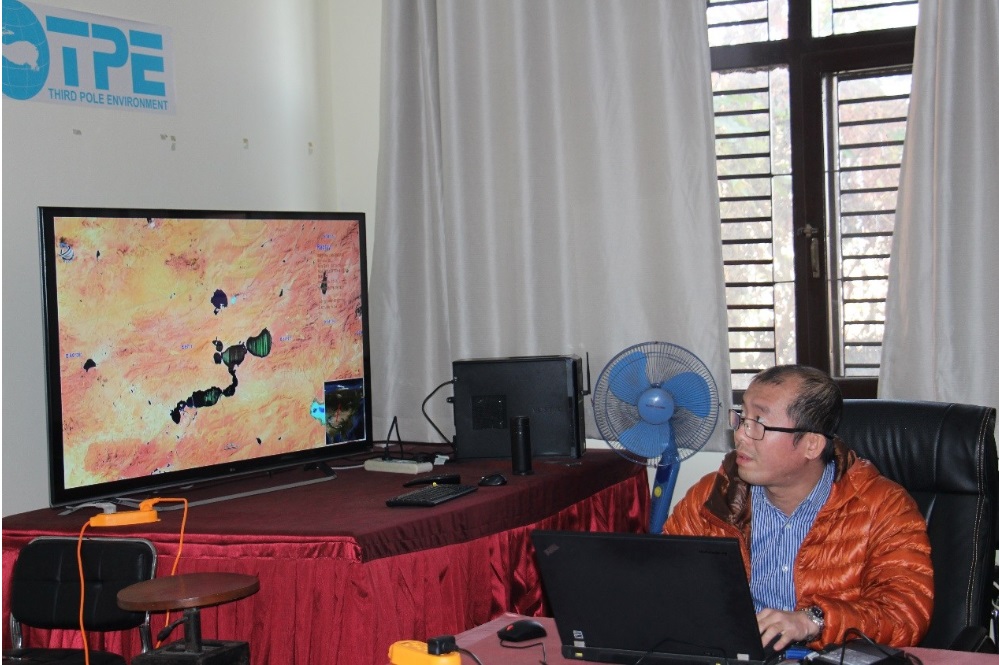
News
AIR Signs MOU with Tribhuvan University of Nepal to Provide China’s Satellite Quicklook Data Service
An MOU is signed between The Aerospace Information Research Institute (AIR), Chinese Academy of Sciences (CAS) and the Tribhuvan University of Nepal in Kathmandu on November 20, 2015 on cooperation in the use of Satellite Quicklook data from China.
During his visit to Kathmandu from November 19-24,Prof. LIU Jianbo,deputy director of AIR on behalf of AIR signed the MOU with Prof. Gunanidhi Nyaupane, Rector of Tribhuvan University. According to the MOU, AIR will provide a Virtual Ground Station (SatSee System) and the quicklook data service of three satellites to Tribhuvan University. With the help of AIR engineers, the system has been installed on November 20. Once connected via internet, the system is capable of receiving near real-time, full resolution satellite quicklook images provided by AIR.
AIR initiated and developed the SatSee system. It is able to provide users with near real-time, full resolution quicklook images of remote sensing satellite data. The SatSee system combines the advantages that AIR has in the field of satellite remote sensing, including the abundant satellites AIR receives, wide coverage area of its station net, high-speed fiber link between station and processing center, and high computing capacities.
Currently, the data accessible to the SatSee are Chinese HJ-1A, HJ-1B and USA Landsat-8. With more data available and quicker, easier access, this service mode is expected to contribute to emergency monitoring such as flood, fire, and oil spill disaster, and the ecosystem monitoring.
As the system doesn’t need an antenna to be built on the users’ side, it can be obtained and operated at very low cost, and therefore can be easily promoted and applied in the developing countries. Chinese neighboring countries in Asia, over which AIR receiving facilities cover, benefit most. AIR plans to provide such service to more countries.

The AIR-Tribhuvan MoU is signed




